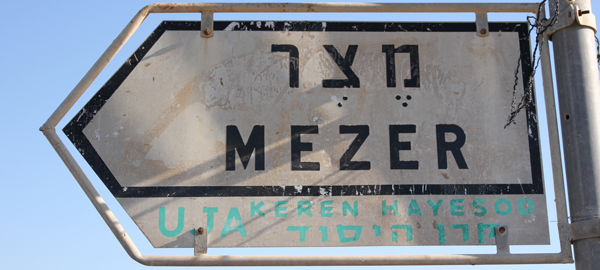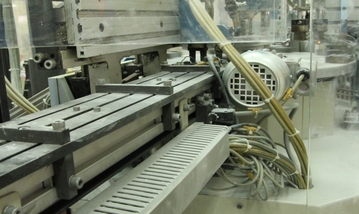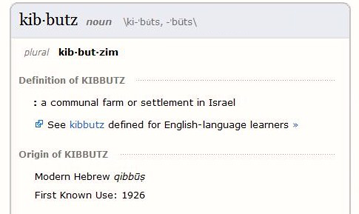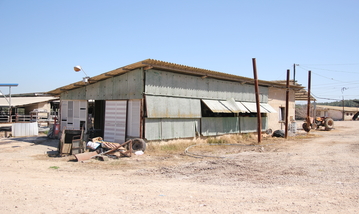About Mezer:

A Small Miracle in the Land of Miracles
By Robyn Carolyn Price
In the heart of Israeli Arab villages, close to the Green Line in Northern Israel, sits Kibbutz Mezer, a Jewish collective community established in 1953 by a group of young Argentinean socialists. Combining Marxist philosophy with Zionism, the Kibbutz founders aimed to create a socialist utopia and to help the newly established state of Israel.
Mezer, whose name means “border” in Hebrew, marks the border of Israel. Its location, like many other kibbutzim, was strategically selected for military and defense purposes.
With virtually no Jewish population, “the Kibbutz was established here with the idea of reaffirming the border to the full extent of Israeli sovereignty,” explains Dov Avital, member of Kibbutz Mezer and former secretary of the Kibbutz. “We believe that you can move an army, but people plowing and working in the fields is different. That really marks a border.”
The founders of Kibbutz Mezer, however, took their mission one step further and set out to prove that Jews and Arabs - despite their religious, cultural, and political differences, could live side by side as normal neighbors. The Kibbutz also used its relationship with the Jewish state to advocate on behalf of its predominately Muslim neighbors, who as one resident of the Arab village Meiser recalls, "were enemies of the state because they were a part of the Palestinian nation."
“Until 1966, the Arabs that were incorporated into Israel didn’t have full civil rights and were under military administration,” says Dov. “ The Kibbutz fought for them from day one, by peaceful means of course. They wanted everything that was given to the Kibbutz to be given to our neighbors…starting with freedom of movement, roads, electricity, sewage, water, and so on.”
And in 2002 when the State of Israel announced that it planned to build a separation wall to protect itself from suicide bombers in the occupied territories, the residents of Mezer protested the walls location. The plans showed that the separation barrier was to be erected in a manner that violated the Green Line, and would severely impact the livelihood of the residents of the neighboring Arab village of Kafin. The wall would separate their houses from their farming land, making them unable to tend to their olive trees, which was their only industry.
"These people (the government officials) were sitting in their air conditioned office in Tel Aviv with a thick marker and only two directives," say Dov. "One is to never put the fence along the Green Line. Because the politicians in Israel understood that...whatever is beyond the fence is not Israel anymore. So once you put your fence here, the settlements are absolutely illegal and you have to dismantle them. So, never bend the Green Line so we can claim this is a military border without political implications."
The Israeli government ultimately agreed to adjust the location of the walls construction, saving a portion of Kafin's land. However, according to Dov, half of the families of Kafin, who are now walled off in the West Bank, still lost one hundred percent of their territory. The Kibbutz does its best to still maintain contact with its former neighbors.
"We take care that nobody will annex not a single inch of their land until there is a peace agreement and their land is returned," says Dov. "But we can't pick their olives for them because these areas again are under military rule. And so we wait for better times."
As Kibbutz Mezer waits for better times and a peace agreement between Palestine and Israel, their relationship with their Arab neighbors, for over fifty years, remains a symbol of peaceful coexistence. And according to Dov, their relationship is an example of “a small miracle happening in the land of miracles...two sides acting like human beings and understanding that they can live together despite all of the differences.”


